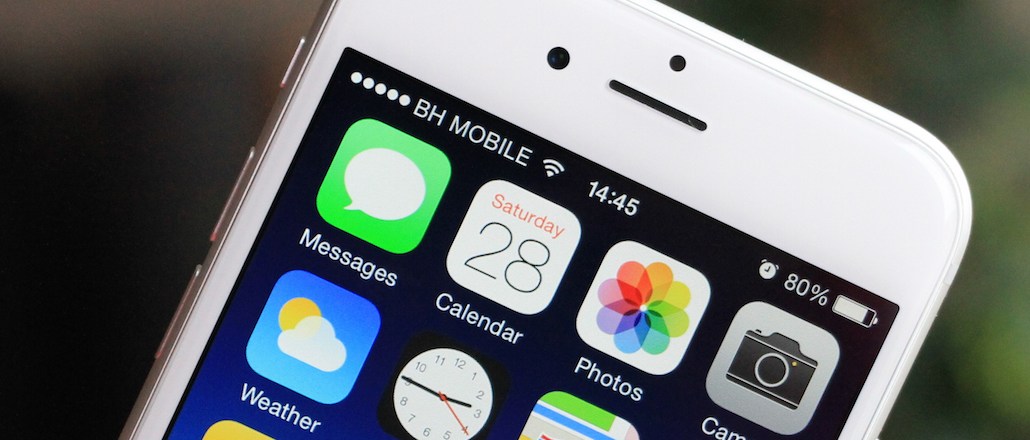Connect with execs from The New York Times, TIME, Dotdash Meredith and many more
Retailers are thinking mobile but still struggle to track conversions

For retailers, mobile is front of mind, but they’re still struggling with a fairly basic requirement: figuring out how much sales it’s driving.
Across the board, mobile traffic is surging — taking up more than half of all digital traffic, according to National Retail Federation research — but mobile purchases are behind. The NRF estimates that, on average, 30 percent of all digital sales can be attributed to mobile.
At this week’s NRF Big Show, we asked retailers to talk about what they’re doing in order to improve the customers’ shopping experience on smartphones, and drive purchases on the small screen.
Start with mobile.
Retailers are finding that, in order for a mobile experience to be effective, the user experience has to be flawless. That means building out a responsive mobile Web page, and, often, a native mobile app, then rebuilding that experience for tablets and desktop.
“We’re starting with mobile and scaling the experience up to desktop — starting small is key,” said Kate Kibler, vp of direct to consumer at Timberland. “Making sure there’s an easy and seamless experience, and removing any barriers will drive conversion in mobile.”
On Sunday, The North Face joined digital software provider Fluid on stage to talk about its artificial intelligence search tool, powered by IBM’s Watson. Cal Bouchard, director of e-commerce at The North Face, said that the next step is to build a personal shopping assistant, similar to Siri, on mobile that will guide the search process there.
“The goal is to build our experience with a mobile-first mentality,” said Bouchard. “The evolution is from mobile to desktop, and now we’re focusing on the smartest search recommendation for the platform.”
Mobile as a moving piece of the overall customer experience.
Retailers are also focused on customers shopping in store are equipped their phones. Since mobile is the most personal device, the channel is closely connected to the customer. The Kohl’s app changes when customers enter a store to primarily show inventory that’s available at that location.
“We see mobile as a way to primarily enhance the in-store experience,” said Ratnakar Lavu, evp of digital technology at Kohl’s. “That way, we can put the customer first and make sure she’s having a seamless, connected experience as she moves through the store.”
The mobile channel is ripe for test-and-learn growth.
Retailers are realizing it’s not enough to slap an app in the Apple store and move on to something else. Rebecca Minkoff, co-founder and CEO Uri Minkoff, said that as mobile traffic and sales continue to grow, the company is looking to tap other channels with mobile capabilities.
“We realized that emerging technologies were making it easier to see what matters most to the consumer,” said Minkoff. “Our customer reads our emails on her mobile device, and next we want to be able to convert catalog readers to mobile consumers.”
More in Marketing

In Graphic Detail: Inside the state of the creator economy industrial complex
The creator economy might have started out as an alternative to traditional media, but is becoming more and more like it as it professionalizes.

Shopify has quietly set boundaries for ‘buy-for-me’ AI bots on merchant sites
The change comes at a time when major retailers like Amazon and Walmart are leaning into agentic AI.

WTF is ‘Google Zero’?
The era of “Google Zero” — industry shorthand for a world where Google keeps users inside its own walls — is here.





